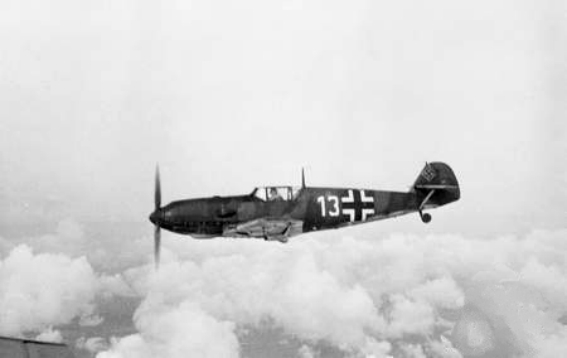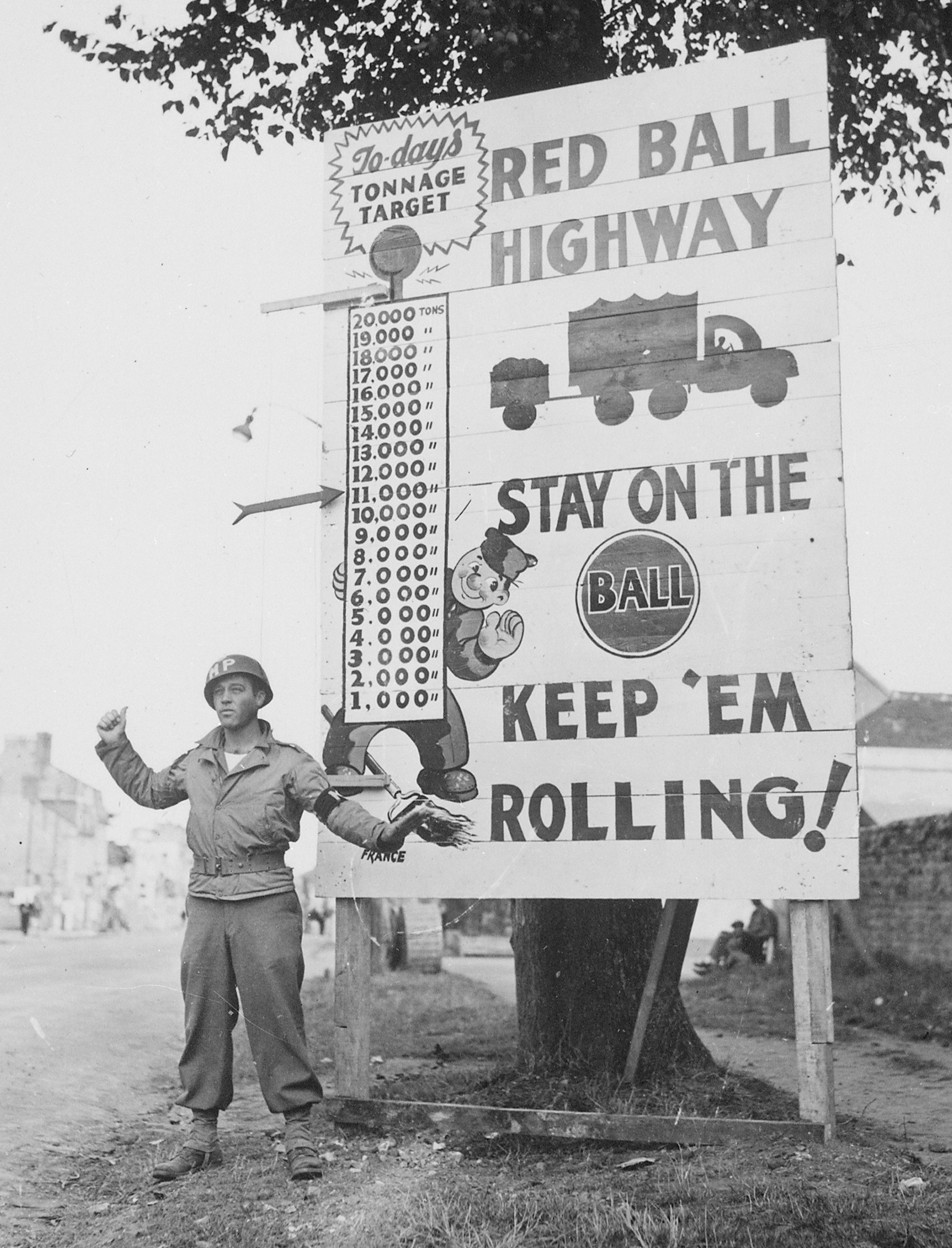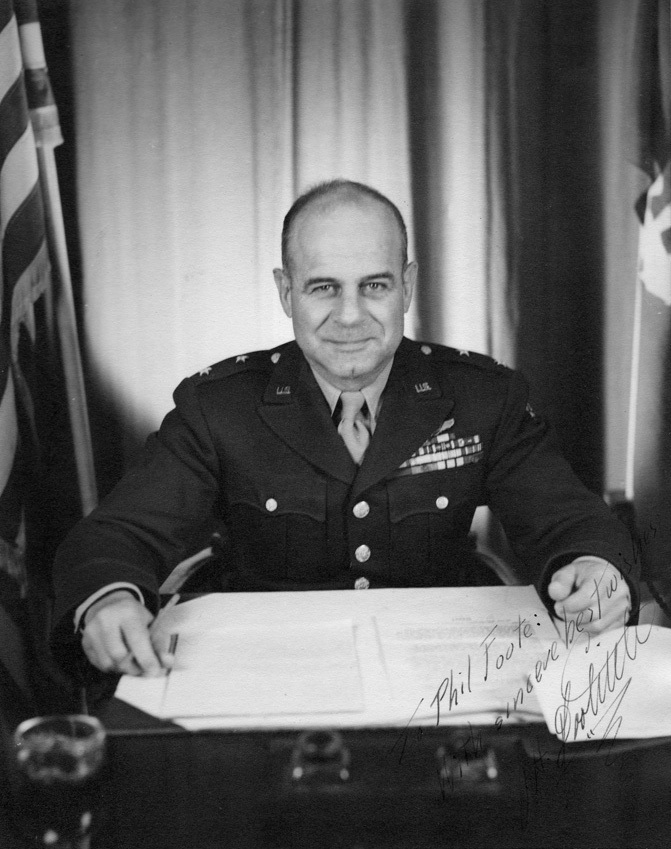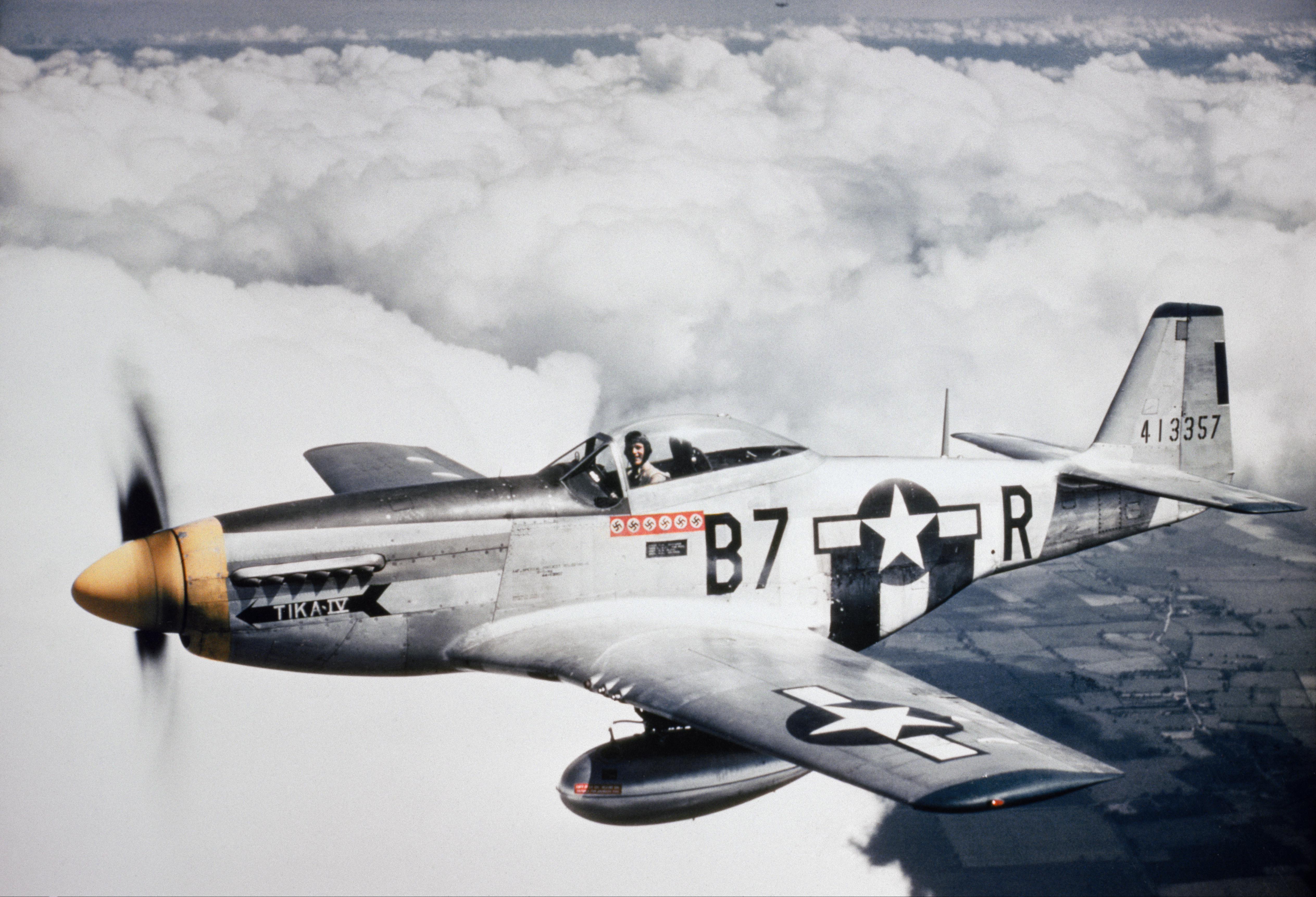|
Jagdgeschwader 26
''Jagdgeschwader'' 26 (JG 26) ''Schlageter'' was a German fighter-wing of World War II. It was named after Albert Leo Schlageter, a World War I veteran, Freikorps member, and posthumous Nazi martyr, arrested and executed by the French for sabotage in 1923. The wing fought predominantly against the Western Allies. Formed in May 1939, JG 26 spent the Phoney War period guarding Germany's western borders following the German invasion of Poland and the outbreak of World War II. In May and June 1940 it served in the Battle of Belgium and Battle of France. From July 1940 it operated over England in the Battle of Britain under the command of Adolf Galland, future ''General der Jagdflieger''. JG 26 remained in France and Belgium fighting against the RAF Fighter Command Circus offensive in 1941 and 1942, with considerable tactical success. In 1943 it faced the USAAF Eighth Air Force, and along with the rest of the Luftwaffe fighter force, was worn down over Western Europe ... [...More Info...] [...Related Items...] OR: [Wikipedia] [Google] [Baidu] |
Fighter Aircraft
Fighter aircraft are fixed-wing military aircraft designed primarily for air-to-air combat. In military conflict, the role of fighter aircraft is to establish air superiority of the battlespace. Domination of the airspace above a battlefield permits bombers and attack aircraft to engage in tactical and strategic bombing of enemy targets. The key performance features of a fighter include not only its firepower but also its high speed and maneuverability relative to the target aircraft. The success or failure of a combatant's efforts to gain air superiority hinges on several factors including the skill of its pilots, the tactical soundness of its doctrine for deploying its fighters, and the numbers and performance of those fighters. Many modern fighter aircraft also have secondary capabilities such as ground attack and some types, such as fighter-bombers, are designed from the outset for dual roles. Other fighter designs are highly specialized while still filling the ma ... [...More Info...] [...Related Items...] OR: [Wikipedia] [Google] [Baidu] |
Battle Of Britain
The Battle of Britain, also known as the Air Battle for England (german: die Luftschlacht um England), was a military campaign of the Second World War, in which the Royal Air Force (RAF) and the Fleet Air Arm (FAA) of the Royal Navy defended the United Kingdom (UK) against large-scale attacks by Nazi Germany's air force, the Luftwaffe. It was the first major military campaign fought entirely by air forces."92 Squadron – Geoffrey Wellum." ''Battle of Britain Memorial Flight'' via ''raf.mod.uk.''. Retrieved: 17 November 2010, archived 2 March 2009. The British officially recognise the battle's duration as being from 10 July until 31 October 1940, which overlaps the period of large-scale night attacks known as |
Battle Of The Mediterranean
The Battle of the Mediterranean was the name given to the naval campaign fought in the Mediterranean Sea during World War II, from 10 June 1940 to 2 May 1945. For the most part, the campaign was fought between the Italian Royal Navy (''Regia Marina''), supported by other Axis naval and air forces, and the British Royal Navy, supported by other Allied naval forces, such as Australia, the Netherlands, Poland and Greece. American naval and air units joined the Allied side in 1942. Each side had three overall objectives in this battle. The first was to attack the supply lines of the other side. The second was to keep open the supply lines to their own armies in North Africa. The third was to destroy the ability of the opposing navy to wage war at sea. Outside of the Pacific theatre, the Mediterranean saw the largest conventional naval warfare actions during the conflict. In particular, Allied forces struggled to supply and retain the key naval and air base of Malta. By the time o ... [...More Info...] [...Related Items...] OR: [Wikipedia] [Google] [Baidu] |
Wehrmacht
The ''Wehrmacht'' (, ) were the unified armed forces of Nazi Germany from 1935 to 1945. It consisted of the ''Heer'' (army), the ''Kriegsmarine'' (navy) and the ''Luftwaffe'' (air force). The designation "''Wehrmacht''" replaced the previously used term and was the manifestation of the Nazi regime's efforts to rearm Germany to a greater extent than the Treaty of Versailles permitted. After the Nazi rise to power in 1933, one of Adolf Hitler's most overt and audacious moves was to establish the ''Wehrmacht'', a modern offensively-capable armed force, fulfilling the Nazi régime's long-term goals of regaining lost territory as well as gaining new territory and dominating its neighbours. This required the reinstatement of conscription and massive investment and defense spending on the arms industry. The ''Wehrmacht'' formed the heart of Germany's politico-military power. In the early part of the Second World War, the ''Wehrmacht'' employed combined arms tactics (close-cover ... [...More Info...] [...Related Items...] OR: [Wikipedia] [Google] [Baidu] |
Battle Of The Bulge
The Battle of the Bulge, also known as the Ardennes Offensive, was the last major German offensive (military), offensive military campaign, campaign on the Western Front (World War II), Western Front during World War II. The battle lasted from 16 December 1944 to 28 January 1945, towards the end of the war in Europe. It was launched through the densely forested Ardennes region between Belgium and Luxembourg. The primary military objectives were to deny further use of the Belgian port of Antwerp to the Allies and to split the Allied lines, which potentially could have allowed the Germans to encirclement, encircle and destroy the four Allied forces. Nazi dictator Adolf Hitler, who since December 1941 had assumed direct command of the German army, believed that achieving these objectives would compel the Western Allies to accept a peace treaty in the Axis powers' favor. By this time, it was palpable to virtually the entire German leadership including Hitler himself that they had ... [...More Info...] [...Related Items...] OR: [Wikipedia] [Google] [Baidu] |
Operation Market Garden
Operation Market Garden was an Allies of World War II, Allied military operation during the World War II, Second World War fought in the Netherlands from 17 to 27 September 1944. Its objective was to create a Salient (military), salient into German territory with a bridgehead over the River Rhine, creating an Allies of World War II, Allied invasion route into northern Germany. This was to be achieved by two sub-operations: seizing nine bridges with combined U.S. and British airborne forces (Market) followed by land forces swiftly following over the bridges (Garden). The airborne operation was planned and undertaken by the First Allied Airborne Army with the land operation by XXX Corps (United Kingdom), XXX Corps of the Second Army (United Kingdom), British Second Army.The Battle for the Rhine 1944 by Robin Neillands, Chapter 4 The Road to Arnhem Although the largest airborne operation of the war up to that point, Market Garden's ultimate outcome remains debated: The operation s ... [...More Info...] [...Related Items...] OR: [Wikipedia] [Google] [Baidu] |
Normandy Landings
The Normandy landings were the landing operations and associated airborne operations on Tuesday, 6 June 1944 of the Allied invasion of Normandy in Operation Overlord during World War II. Codenamed Operation Neptune and often referred to as D-Day, it was the largest seaborne invasion in history. The operation began the liberation of France (and later western Europe) and laid the foundations of the Allied victory on the Western Front. Planning for the operation began in 1943. In the months leading up to the invasion, the Allies conducted a substantial military deception, codenamed Operation Bodyguard, to mislead the Germans as to the date and location of the main Allied landings. The weather on D-Day was far from ideal, and the operation had to be delayed 24 hours; a further postponement would have meant a delay of at least two weeks, as the invasion planners had requirements for the phase of the moon, the tides, and the time of day that meant only a few days each month were ... [...More Info...] [...Related Items...] OR: [Wikipedia] [Google] [Baidu] |
Defence Of The Reich
The Defence of the Reich (german: Reichsverteidigung) is the name given to the military strategy, strategic defensive aerial campaign fought by the Luftwaffe of Nazi Germany over German-occupied Europe and Germany during World War II. Its aim was to prevent the destruction of German civilians, military and civil industries by the Allies of World War II, Western Allies. The day and night air battles over Germany during the war involved thousands of aircraft, units and aerial engagements to counter the Allied strategic bombing campaign. The campaign was one of the longest in the history of aerial warfare and with the Battle of the Atlantic and the Allied Blockade of Germany (1939–45), Blockade of Germany was the longest of the war. The Luftwaffe fighter force defended the airspace of German-occupied territory against attack, first by RAF Bomber Command and then against the United States Army Air Forces (USAAF) in the Combined Bomber Offensive. In the early years, the Luftwaffe w ... [...More Info...] [...Related Items...] OR: [Wikipedia] [Google] [Baidu] |
Combined Bomber Offensive
The Combined Bomber Offensive (CBO) was an Allies of World War II, Allied offensive of strategic bombing during World War II, strategic bombing during World War II in Europe. The primary portion of the CBO was directed against Luftwaffe targets which was the highest priority from June 1943 to 1 April 1944. The subsequent highest priority campaigns were against V-weapon installations (June 1944) and Oil Campaign chronology of World War II, petroleum, oil, and lubrication (POL) plants (September 1944). Additional CBO targets included Transportation Plan, railyards and other transportation targets, particularly prior to the invasion of Normandy and, along with army equipment, End of World War II in Europe, in the final stages of the war in Europe. The British bombing campaign was chiefly waged by night by large numbers of heavy bombers until the latter stages of the war when German fighter defences were so reduced that daylight bombing was possible without risking large losses. The ... [...More Info...] [...Related Items...] OR: [Wikipedia] [Google] [Baidu] |
Eighth Air Force
The Eighth Air Force (Air Forces Strategic) is a numbered air force (NAF) of the United States Air Force's Air Force Global Strike Command (AFGSC). It is headquartered at Barksdale Air Force Base, Louisiana. The command serves as Air Forces Strategic – Global Strike, one of the air components of United States Strategic Command (USSTRATCOM). The Eighth Air Force includes the heart of America's heavy bomber force: the Northrop Grumman B-2 Spirit stealth bomber, the Rockwell B-1 Lancer supersonic bomber, and the Boeing B-52 Stratofortress heavy bomber aircraft. Established on 22 February 1944 by the redesignation of VIII Bomber Command at RAF Daws Hill in High Wycombe, England, the Eighth Army Air Force (8 AAF) was a United States Army Air Forces combat air force in the European Theater of World War II (1939/41–1945), engaging in operations primarily in the Northern Europe area of responsibility; carrying out strategic bombing of enemy targets in France, the Low Countrie ... [...More Info...] [...Related Items...] OR: [Wikipedia] [Google] [Baidu] |
USAAF
The United States Army Air Forces (USAAF or AAF) was the major land-based aerial warfare service component of the United States Army and ''de facto'' aerial warfare service branch of the United States during and immediately after World War II (1941–1945). It was created on 20 June 1941 as successor to the previous United States Army Air Corps and is the direct predecessor of the United States Air Force, today one of the six armed forces of the United States. The AAF was a component of the United States Army, which on 2 March 1942 was divided functionally by executive order into three autonomous forces: the Army Ground Forces, the United States Army Services of Supply (which in 1943 became the Army Service Forces), and the Army Air Forces. Each of these forces had a commanding general who reported directly to the Army Chief of Staff. The AAF administered all parts of military aviation formerly distributed among the Air Corps, General Headquarters Air Force, and the ground ... [...More Info...] [...Related Items...] OR: [Wikipedia] [Google] [Baidu] |



_starboard_bow_view.jpg)





